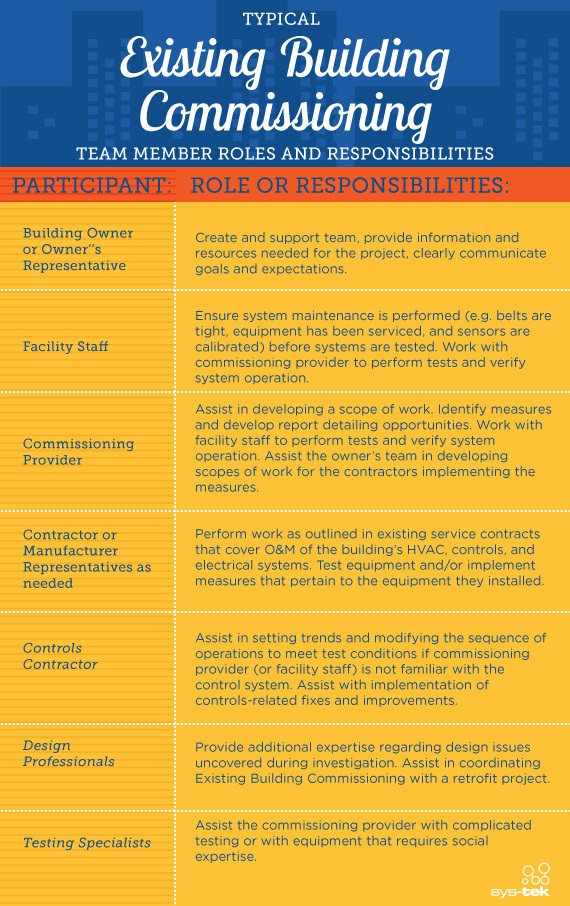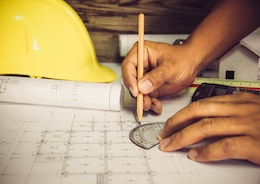What makes a good retro-commissioning candidate?
Jul 22, 2013
Regardless of a building’s size, function, or age, there is usually room for improvement in terms of performance and energy output. Newer buildings that were never commissioned during the construction process tend to present the most opportunity for energy savings. A good retro-commissioning agent can help you determine if your building will benefit from the retro-commissioning process.
Key indicators of a good retro-commissioning candidate
Several factors are involved in determining whether a facility is a good candidate for retro-commissioning, including:
- A high energy use or increase in energy use that cannot be explained
- Failure of equipment or control systems sooner than expected
- A number of complaints related to temperature, comfort, and airflow
Even if your building shows none of the above characteristics, it may still be a good candidate for the retro-commissioning process. Building systems are complex, and indicators of energy waste are often difficult to spot. Experienced retro-commissioning agents are able to identify hidden sources of energy waste that, if corrected, can translate into significant savings.
Additional factors in retro-commissioning
Many other factors help predict a facility’s potential benefits from retro-commissioning, such as:
- Building size. Larger buildings are typically considered the best candidates for retro-commissioning, but any buildings with complex mechanical systems and controls stand to benefit from the process.
- Building controls. Buildings with computerized energy management control systems (EMCS) or hybrid systems may make more cost-effective retro-commissioning candidates. Fully pneumatic controls present good opportunities for retro-commissioning, but need more attention and calibration to maintain benefits.
- Building documentation. A building with complete, organized, and up-to-date documentation will make the most cost-effective retro-commissioning candidate. Although missing or out-of-date documentation should not rule out the possibility of retro-commissioning, building owners with multiple facilities are advised to focus their efforts first on the buildings with the best documentation in the interest of cost-effectiveness.
- In-house staff. Facilities with knowledgeable, experienced staff are more likely to experience lasting results after the retro-commissioning process.
When retro-commissioning may not be the first step
Retro-commissioning may not be the first step for certain buildings, particularly when equipment and systems are outdated and need to be replaced. For equipment that is at the end of its useful life and will need replacing within three years, retro-commissioning is not likely to improve performance.
In addition, buildings with major design system flaws may not benefit from the retro-commissioning process. However, this should be determined by a qualified retro-commissioning professional, as controls malfunctions are sometimes misdiagnosed as design flaws.








